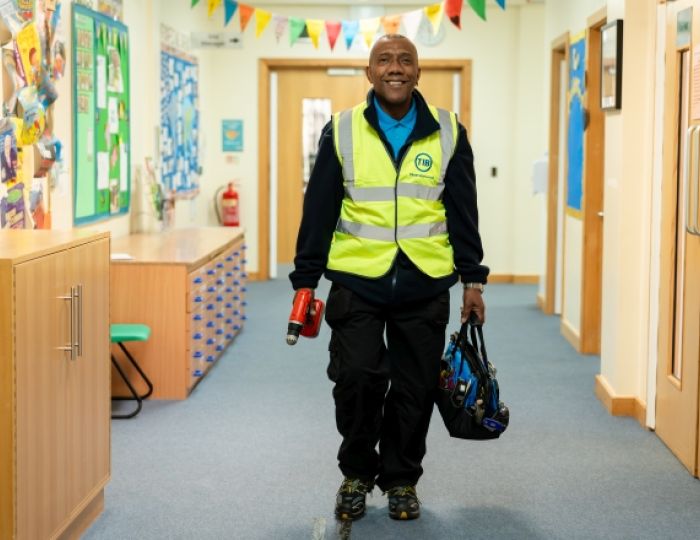If someone asked you whether it would be best for teachers to teach smaller classes, or bigger classes with more planning, preparation and assessment (PPA) time and/or a higher salary, what would you say? Would it affect the quality of teaching the pupils received and the outcomes they achieved?
The English education system, when compared with others around the world, could be described as good, but stuck. Becoming ‘world class’ may well require us to think differently about a number of our current practices. More pay for teachers to attract and retain the best, and more training for teachers to help them get better and better, could be paid for by increasing the size of classes
I understand the argument that schools need more money, but I sense there will be little extra in the pot over the coming years (or even decade). In practical terms it may be difficult to increase class sizes due to the physical capacity of many classrooms, so consider this more an exercise in comparing options and seeing which might be most desirable.
ASSUMED AVERAGES
Let’s start with some base data and assumptions. There are four classes to be taught, each with one teacher and 30 pupils. The pupils are taught for 25 hours a week. The teachers teach for 20 hours and have five hours PPA time. Each teacher is paid a salary of £35,000. These figures might not match your particular circumstances, but they’re reasonable assumed averages.
The first thing to note is that whilst there’s 100 hours of lesson time across the four classes, there’s only 80 hours of teaching available. Each teacher needs some PPA time. Let’s add a fifth teacher who will have 20 hours contact time and 5 hours PPA, so that those four classes have a qualified teacher in front of them at all times.
This is one possible leadership decision – others might involve taking on unqualified teachers, extra TAs or opting for shorter school days. By opting for an additional teacher, our total wage bill has increased to £175,000, which I’ve fixed for the remainder of this article.
GAUGING THE QUALITY
Now, how would you feel about having a class of 40 pupils, but twice as much PPA time for the teacher – 10 hours a week, rather than 5.
There will be issues of classroom discipline to think about, and a need to re-imagine assessment and marking, given the demands of the larger class size – yet the teacher would have far more time outside the classroom to collaborate with colleagues, plan schemes of learning and analyse assessment data. Would this option be appealing?
Let’s push things further (see fig 4). Two classes of 60 would see the five teachers each teaching just 10 hours and having 15 hours free for collaborative planning, assessment and professional development. Would this have a positive or negative overall impact on the quality of teaching and pupils’ outcomes?
Here’s where things could get controversial. Imagine two classes of 60 pupils, but with only three teachers teaching 16 to 17 hours per week, in place of the ‘five teachers’ model (see fig 5). In this model each teacher is paid an extra £20,000 and upwards.
It would essentially eliminate the teacher shortage problem we currently have overnight, since we would only need about 60% of the current number of teachers. Assuming those teachers don’t burn out and retention rates stay good, the profession would become increasingly difficult to get into as institutions and settings become choosier about who to let in. What would that do for the quality of teaching in our class rooms?
ALIEN CONCEPT
I’m not sure which option teachers would prefer – we tend to stick with the status quo, and sometimes for good reasons. Governors and parents may also have a thing or two to say. For parents, the thought of their child being taught in a class of 40 or 60 is an alien concept. Classes of approximately 30 pupils are hardwired into our view of schooling.
Large classes are not what we do, or have done in England; in other parts of the world they are commonplace. Parents understandably equate a smaller class with greater care and personal attention for their child, which can be easily – but mistakenly – conflated with better teaching and better outcomes for pupils. Independent schools use small class sizes as a powerful marketing tool, but research suggests that class size is far less important than the quality of the teacher.
For governors with mounting budgetary concerns, however, this may not be the moment to experiment – even less so if said experiment might lead to a backlash from parents, negative publicity and reduced pupil numbers.
It’s easy to demand more money. One option for providing more of it is to raise taxes, which is never that popular with the electorate. Another option is to increase money for education by diverting away from other government departments – health, social services, defence and so on. Expect some tough choices ahead.
Stephen Tierney is CEO of the Blessed Edward Bamber Catholic Multi Academy Trust in Blackpool, Chair of the Headteachers’ Roundtable and author of the book Liminal Leadership, published by John Catt. This article is an extended version of a post that originally appeared on his blog www.leadinglearner.me; follow him at @LeadingLearner










